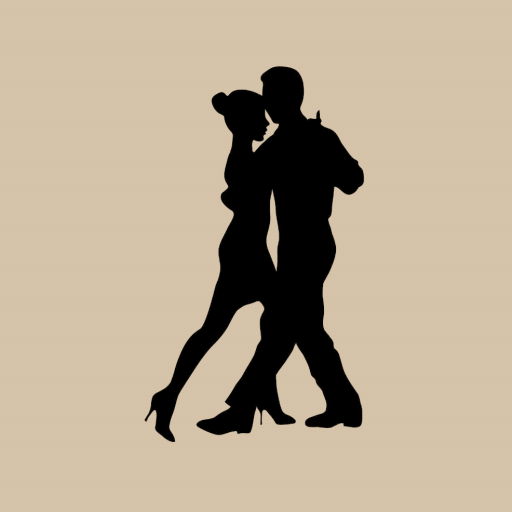The jive emerged in the United States during the 1930s as an upbeat evolution of swing dance, later spreading to Europe during World War II and becoming a competitive ballroom style. As a dance of energy and playfulness, the jive thrives in lively social halls, rock-and-roll venues, and modern competitive floors alike. Jive music typically runs in 4/4 time (with a brisk tempo of 160–176 BPM) and pairs well with both classic swing tunes and modern rock-and-roll tracks.
How to recognize when to take the first step when dancing Jive?
To recognize when to take your first step, listen for the sharp snare or hi-hat strikes on beats 2 and 4. These backbeats drive the jive forward and signal your “quick-a-quick” chassé steps. Begin your basic on beat 1 with a rock step, then let the music’s bright percussion carry your quick triple-steps that characterize the style.
How to dance Jive?
As a swing-rooted Latin dance, a lighter two-hand or single-hand connection is common, especially in social settings. The key to the jive lies in its bounce; keep your knees soft, your steps light, and your upper body relaxed as your feet fly rapidly in sync with the rhythm.
Practice now with the Dancebeat app
Get the Dancebeat app now to practice
- recognizing the correct dance for the played music.
- recognizing the dance steps of each dance.
- recognizing the right moment to take your first step.
Sources
- James Mehl: Professional ballroom dance consultant
- National Dance Council of America. Compiled Rule Book Master v2 (March 2022). PDF file, National Dance Council of America, 2022.
https://ndca.org/ – Compiled Rule Book Master v2.pdf. Accessed 24 Aug. 2025. - MasterClass. “Jive Dance: Learn the History and Characteristics of Jive Dance.” MasterClass, 12 Aug. 2021, www.masterclass.com/articles/jive-dance-explained. Accessed 24 Aug. 2025.


